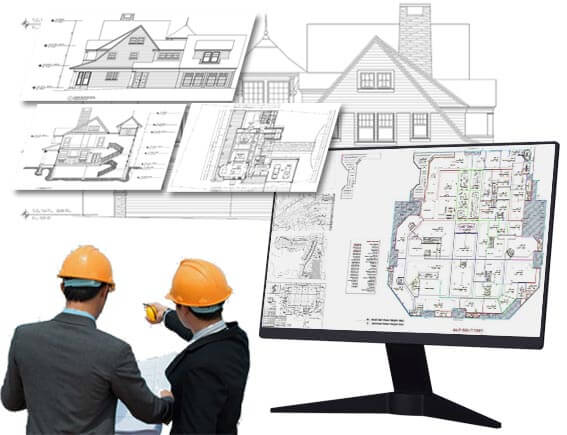
Architectural drafting firms play a crucial role in the design and construction of buildings, bridges, and other structures. Behind the scenes, these firms have a complex and fascinating creative process that involves a combination of artistic vision, technical expertise, and innovative problem-solving. Let's take a closer look at how architectural drafting firms navigate this process and bring their design concepts to life.
One of the first steps in the creative process of architectural drafting firms is the initial concept development. This stage involves brainstorming ideas, sketching out rough designs, and exploring different architectural styles and elements. Architects and drafters work closely together to refine their ideas and create a vision that meets the client's needs and expectations.
Once the initial concept is solidified, architectural drafting firms move on to the next stage of the creative process: detailed design development. This phase involves creating more precise drawings, floor plans, elevations, and 3D models that accurately depict the proposed design. Drafters use advanced computer-aided design (CAD) software to bring the design to life and ensure that all technical specifications are met.
Collaboration is a key aspect of the creative process in architectural drafting firms. Architects, drafters, engineers, and other team members work together to exchange ideas, provide feedback, and problem-solve challenges that may arise during the design process. This collaborative approach fosters innovation and creativity, allowing for the development of unique and cutting-edge design solutions.
Iterative design is another important component of the creative process in architectural drafting firms. Designers often create multiple iterations of a design, experimenting with different layouts, materials, and configurations to find the optimal solution. This iterative approach allows architects and drafters to explore a variety of options and refine their designs based on feedback from clients, stakeholders, and other team members.
Attention to detail is paramount in the creative process of architectural drafting firms. Drafters must meticulously review their drawings and models to ensure that all dimensions, specifications, and building codes are accurately represented. Even the smallest oversight can have serious consequences during the construction phase, so precision and thoroughness are essential.
Communication plays a vital role in the creative process of architectural drafting firms. Architects and drafters must effectively communicate their ideas, designs, and recommendations to clients, contractors, and other stakeholders involved in the project. Clear and concise communication helps to ensure that everyone is on the same page and that the project progresses smoothly from concept to completion.
As the project moves into the final stages of the creative process, architectural drafting firms focus on preparing construction documents and coordinating with contractors and builders to bring the design to life. This phase involves creating detailed drawings, specifications, and schedules that outline the materials, methods, and timelines for construction.
